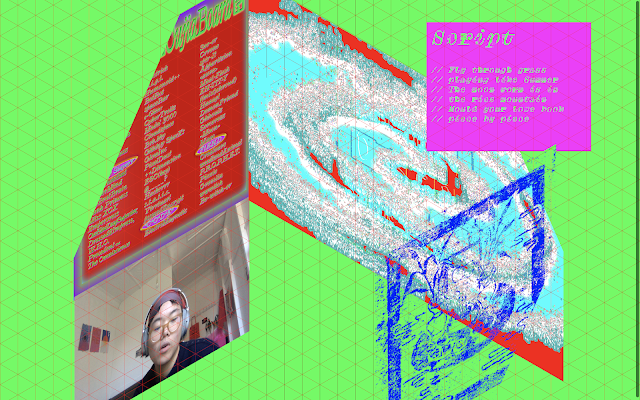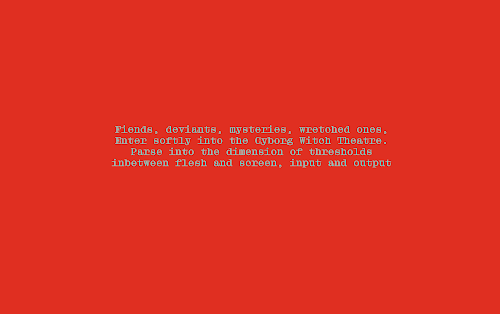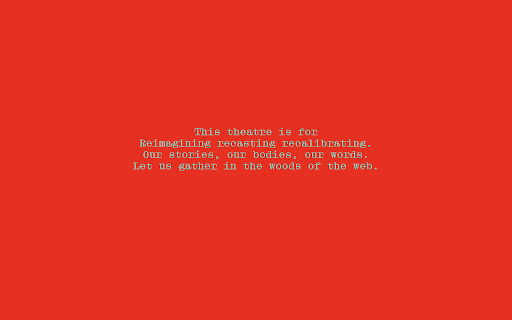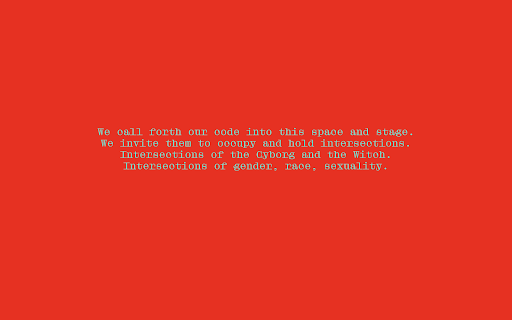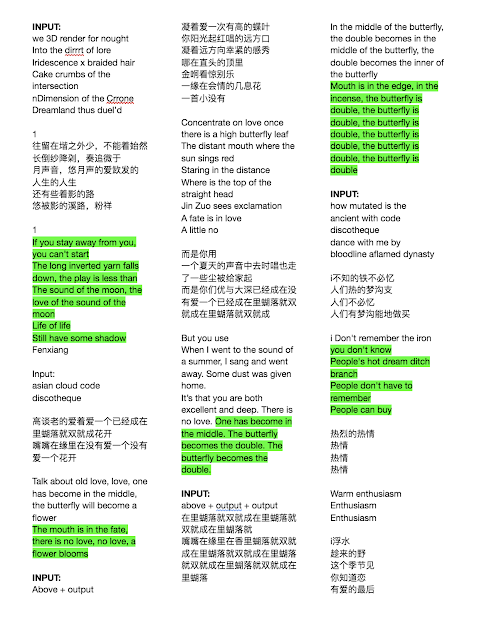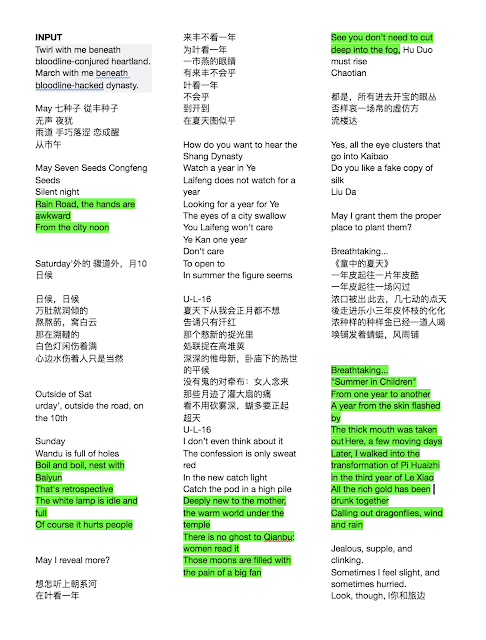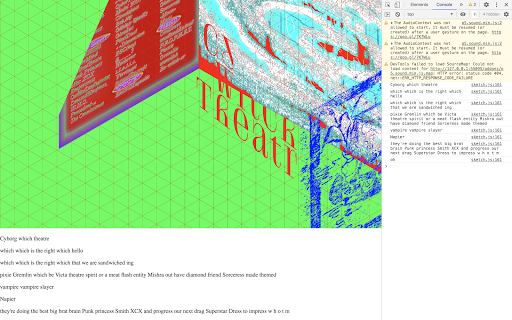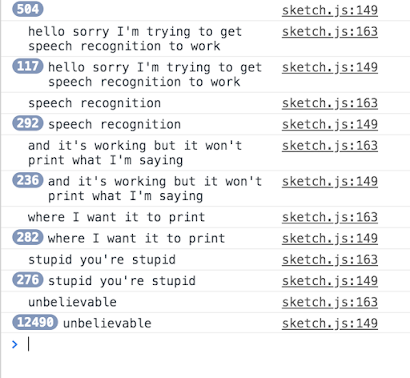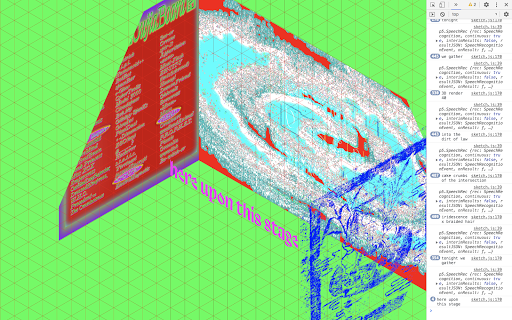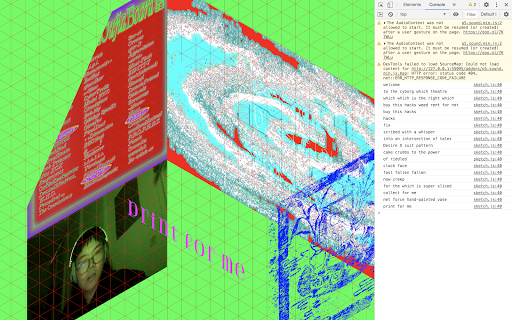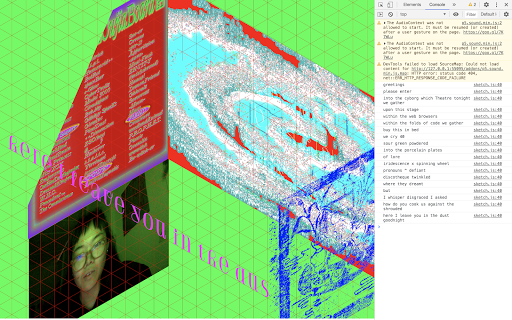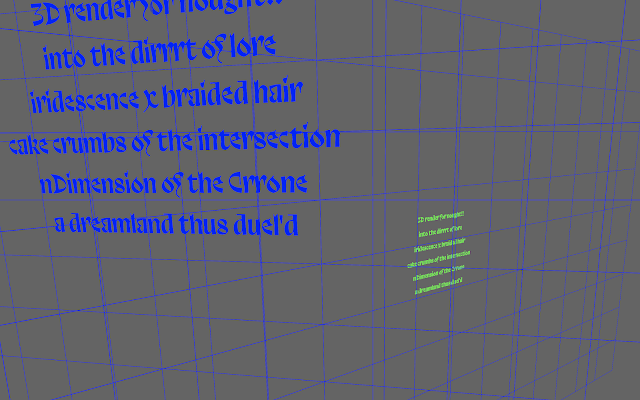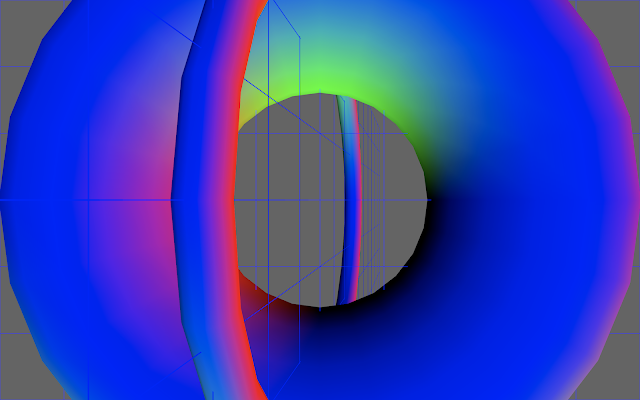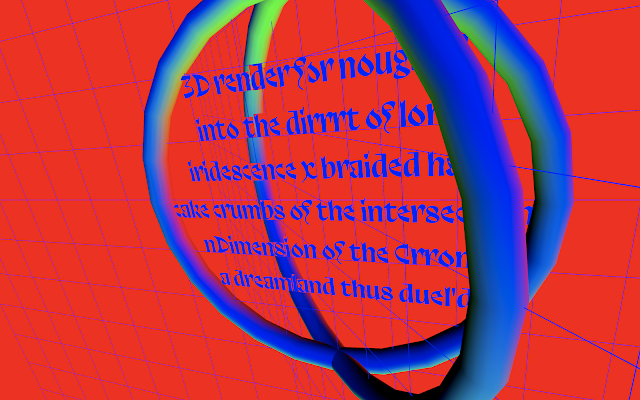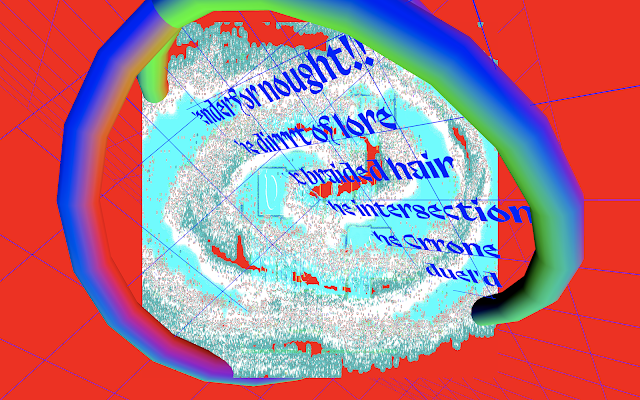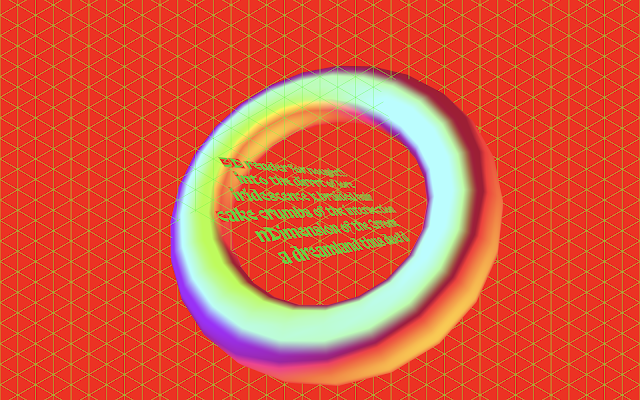Aim
How might I work the generated poetry translations into the interaction? How does the audience fit into it, what role to they play?
Editing the poetry bits. Do they need a narrative?
Precedents / context
Previous experiment with camera and speech recognition — cyborg witch theatre. Previous experiment in machine learning generated Chinese poetry.
Did some research into traditional Chinese poetry, particularly the work of Li Qingzhao, one of their most well known female poets. Just going off the English translations, it's looser in narrative than I had assumed. The poems in Chinese I imagine are a lot more rigid in how they are constructed, because the line lengths are always the same number of characters.
Also did some research into queerness in ancient China through their art/literature, similarly building more of a grounded foundation to experiment from.
Process / methods
- Went through google doc of inputs/outputs and the translations, some of them didn't fully translate — the odd word or two, so tried picking those apart and choosing words based on their individual translation/other translation sites/my own preferences.
- I've been exclusively using google translate, decide to test another translation service. I was really surprised to find that the outputs were very, very different. I much preferred the google outputs — they were surprisingly much more poetic and also flowed better. Of course, without being able to speak to the qualities of the untranslated versions from runway. https://www.systransoft.com/lp/chinese-translation/
- To edit the outputs together, I copied my favourite lines and sections, and tried to group them by line length, to try and emulate the consistent forms of the examples I had found with research. Mostly a process of replacing words, filling in gaps, rearranging lines, etc.
- Started thinking more about how to use the poems as part of the interactive experience. Would I be the voice reading them out? Can the audience do that instead. Thought about the theatre setup and tried using the idea of a 'script' to invite users to speak in the space, with the poems as suggested lines or a starting point.
Could be a pop-up box, perhaps the speech recognition writes into the script too?
- When I uploaded to github, it wasn't working as well as the live preview — there's a significant lag with the webcam, and the type takes on this glitchy effect, which is cool but not good for legibility. The type is not a huge problem — I imagine I could use pngs instead, or it might be an issue with webfonts?
Fly through grass
playing like Summer
The moon worm is
in the rice mountain
Mould your love book
Piece by piece
The broken drink
of our young day
Wild fields rising
Drifting, leaves falling,
sometimes fragrant
Summer is waking
Rain Dance the bodies
Mouth is in the edge,
in the incense,
the butterfly is double,
The mouth is in the fate,
there is no love, no love,
a flower blooms
Listen to gold
We are swimming in flowers
Peach leaves with love
Our joyous meeting
Poems do not understand
Don't listen
Oblique season
of wind and rain
It loves in its way
Love puppets
from it in the moon
cloud in a day
Reflection on action
- I think having the user read out the poetry and use speech recognition for themselves is really engaging and exciting. The speaking of the poetry I think is powerful in and of itself, and seeing our (voice) output feed back into writing on your screen is super fun and satisfying. Will have to ask if there are solutions to the lag, I think it really inhibits the experience.
I still have big unanswered questions around who the stage should be for, and what it means for people who aren't Chinese and /or queer to occupy the space and speak these words, so I think I should do some user mapping to work out how this might play out.
- I think the poetry snippets are really beautiful. I was scared to touch them and really work them into something for my purposes, but it was a really enjoyable process and less daunting than I had anticipated. I'm not sure if they get enough focus as it is in the interaction now — not sure if the "script" box is actually successful in inviting users to speak and activate the speech recognition. And would they be inclined to read the text there, or speak randomly?
I think they also subtly bring in a sense of sexuality/queerness through the language, e.g. 'mould your love book', 'the mouth is in the fate, there is no love, no love' creating these lovely, atmospheric scenes.
- I still don't know if the webcam feed here is necessary/appropriate? If I should apply some sort of tint or effect to it? What it means to have, literally, people who are not part of these communities, to occupy the space. And visually it's a bit strange? Hanging off the bottom edge like that, I don't know.
Reflection for action
- Listen back to and critique the feedback from Friday's testing.
- Post this link up on slack and summarise insights/issues.
- Think about how I might invite the audience to speak... what affords that. What affords taking on the performative role.
References
http://www.icm.gov.mo/rc/viewer/20025/1118
https://www.degruyter.com/view/title/521404
https://www.makingqueerhistory.com/articles/2016/12/20/the-bitten-peach-and-the-cut-sleeve



